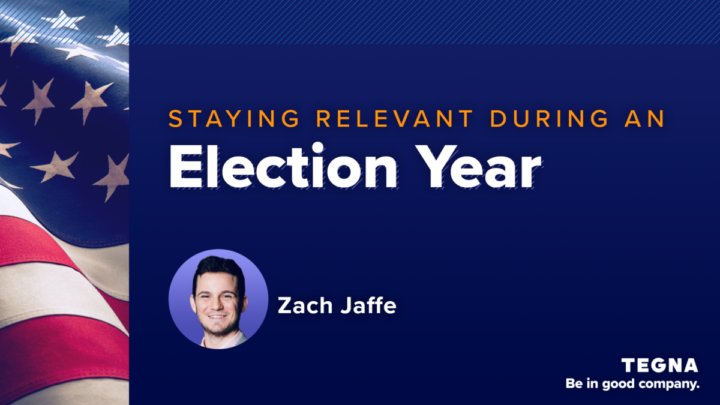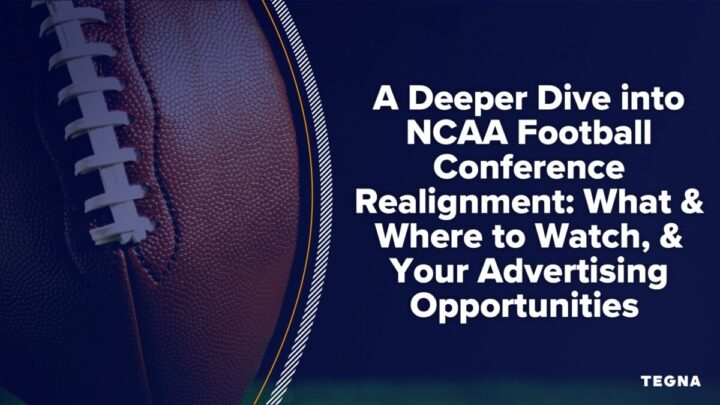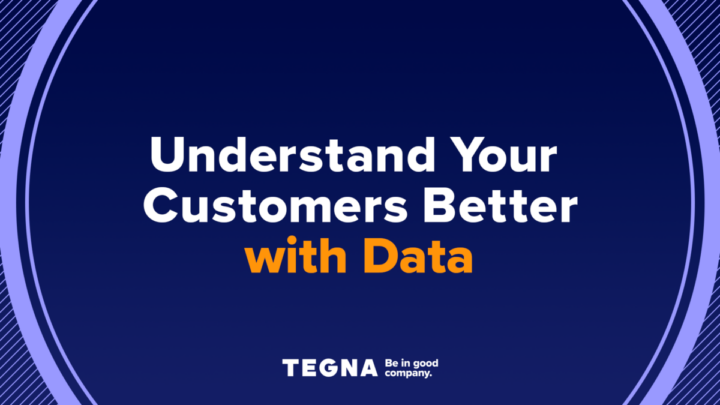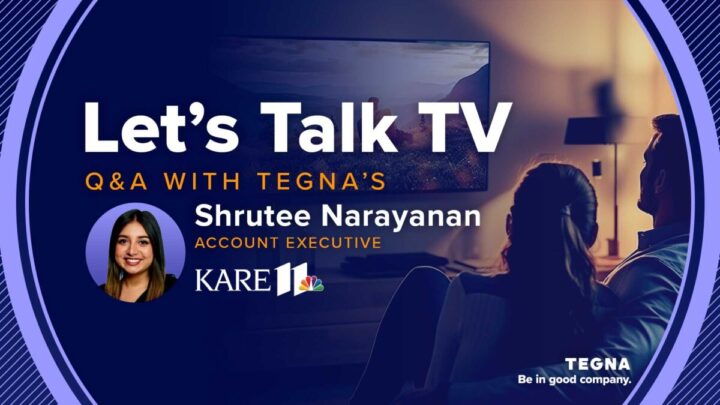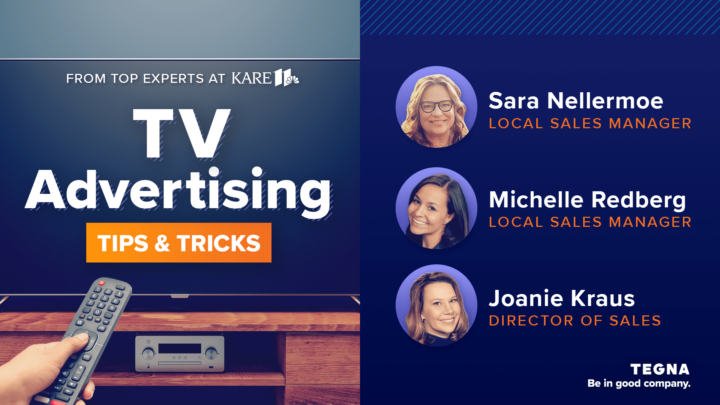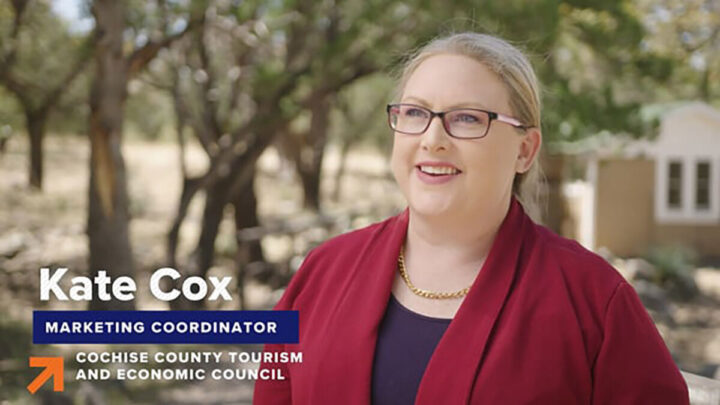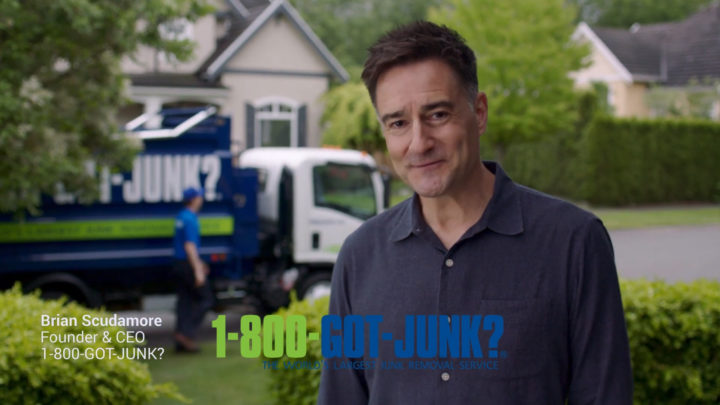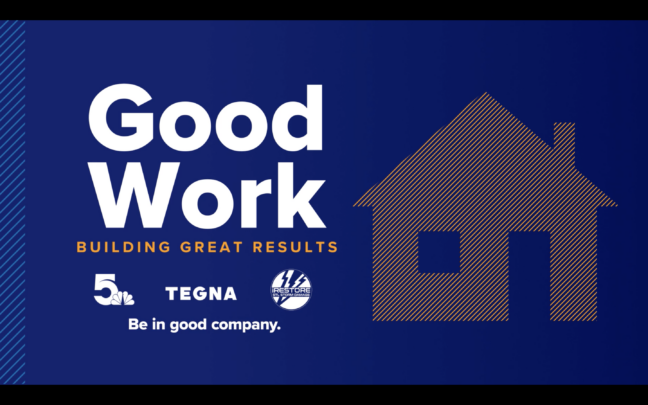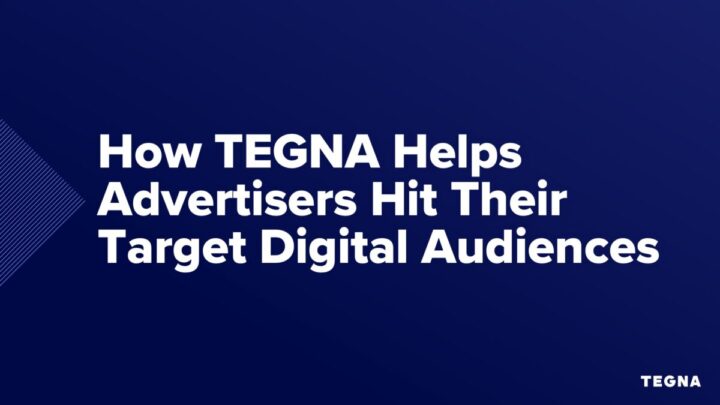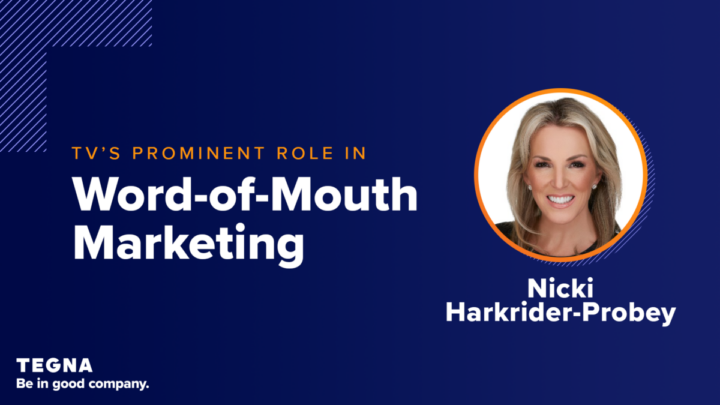Is TV Advertising Still Effective?
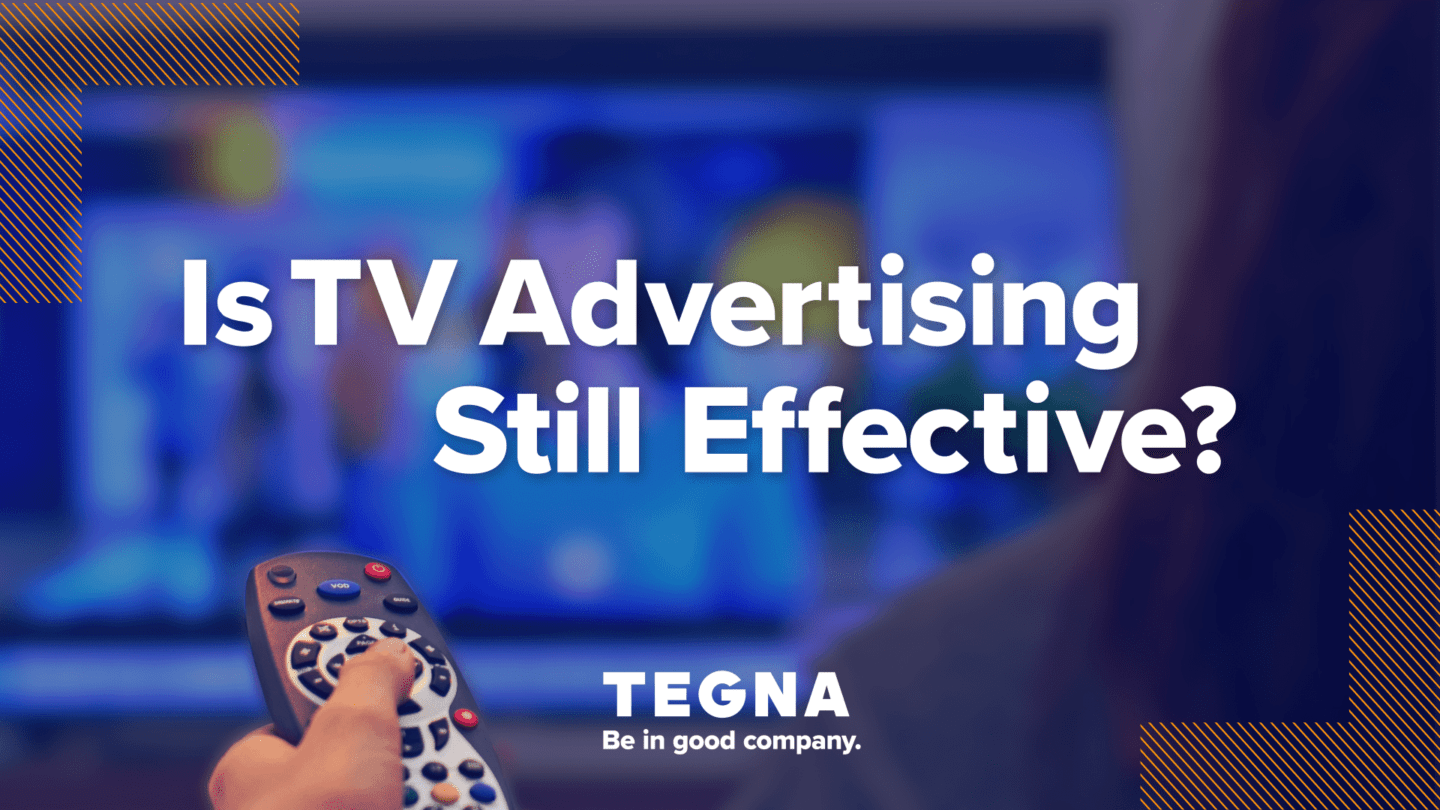
The State of TV Advertising
Audiences are more diverse and unique than ever. They’re diverse in how they consume content and unique in how they want to be reached by brands. But despite this diversity, TV advertising remains one of the top ways for a business to cut through the clutter, reach a large local audience, build credibility, create brand awareness, get phones ringing, and get people visiting your website and store.
That’s because watching TV is one of America’s favorite activities. The 2023 TVB Media Comparisons Study has a handful of exciting findings, including:
- Time Spent: Americans, on average, spend 5 ½ hours watching Broadcast or Cable TV daily.
- Large Audience: Broadcast TV has the highest reach among platforms – higher than social media, email, radio, and streaming audio, to name a few.
- Trustworthy Content: Local broadcast and local news were found to be the most trustworthy platform, and ads that align with trustworthy content add credibility to its brand, products, and/or services.
- Effective & Influential Ads: TV ads motivate consumers to research a product or service online and are also the most influential medium in purchasing decisions. While some may argue that TV advertising is heading into the sunset, the TVB report finds that TV advertising is still the top medium for consumers to respond to and be influenced by advertising.
What are the Benefits of TV Advertising?
Many studies have been conducted, and most of the findings express the same benefits of TV advertising. Because it is a visual medium, a large number of viewers can easily connect to, remember, and be influenced by ads.
1. Expand Reach by Connecting to Live & Local Audiences
Live Sports drive Broadcast and streaming viewership in droves. In fact, in 2022, Sports Business Journal found that 92 of the top 100 largest TV audiences were live sports broadcasts reaching more than 370 million viewers. That’s a lot of eyes that are not only watching the game but watching the commercials that come with it. Better yet, you don’t have to place a nationwide ad – a best practice for live sports is creating a media plan focusing on local TV advertising during big games.
Data from Dynata found that with Super Bowl ads, there is “significant support to the idea that people who are more invested in the outcomes of live competitive content carry that engagement over to the advertisements that accompany it. Heavily invested NFL fans were more likely to recall seeing the ad, to like the ad, to be favorable to the brand advertised, to consider using that brand in the future, and to be positive about the ad creative.”
Additionally, brands focused on national TV campaigns don’t have to sacrifice that local appeal. TEGNA has a large range of stations across the United States, so companies don’t have to choose between local and national advertising. Large brands can instead tailor their messaging to each demographic to create better television campaigns.
2. Leverage an Audio & Visual Medium
How often has a commercial jingle gotten stuck in your head? How often has a Super Bowl commercial made you cry? By nature, TV ads are both an audio and visual medium. Because of this, audiences can connect to the content better emotionally. TV also allows audiences to visualize how a product or service can be used in real life.
3. High Recall & Purchase Intent
TVB’s findings align with what MediaScience found when comparing commercials airing via broadcast and streaming on a TV set to the same ads airing on mobile devices. Ads shown on the bigger TV screen saw a 2.2 times higher unaided recall and 1.3 times higher purchase intent. The bottom line? The bigger the screen, the more significant impact it will have.
4. Decreased Competition
TV Ad recall could be better on larger screens because there’s limited competition. Instead of being placed in the middle of a social media news feed that could easily be scrolled over, ads on TV are aired one at a time and aren’t necessarily able to be skipped or fast-forwarded.
The study from MediaScience found that the “TV environment generated more visual attention as participants watched 71% of the ad, compared to just 30% of digital mobile ads — likely a result of the full-screen viewing experience versus the distractions inherent with the digital experience.”
5. Not Limited to Commercials
TV opens up an entire world of possibilities in advertising, and it’s not just limited to a 15 or 30-second ad. TV stations offer chances for ads to be integrated into programming with Lifestyle show appearances, content sponsorships, product placements, and more.
6. Great Trust
Trust is the crucial currency for TV and advertising, and local broadcast news is tops in the category. Among its findings, TVB found that local broadcast news is the most trusted platform for viewers – and this halo effect extends to brands that advertise alongside this trusted content.
“As an advertiser, I value my reputation being put on Show Me St. Louis,” says Kirk Kupsky, owner of iRestore in St. Louis and KSDK partner. “Some of the great things we’ve done together have gotten me a lot of good feedback from the community. All in all, Show Me St. Louis has generated a lot of quality leads, but more importantly, we got to help many people.”
That trust translates into serious results. According to Kupsky, website traffic skyrocketed 651%, the phone was ringing off the hook, and he had to hire new employees to handle all of the new business.
Challenges with TV Advertising
While the benefits are plenty, it’s not to say that TV advertising doesn’t come with challenges.
Attribution and Measurement
Running a business takes passion, persistence, and a perpetual focus on performance. If you’re spending a lot of money creating and producing a TV ad, you want to know if it works. In fact, an old saying, as cliche as it might be, goes, “I know that half the money I spend on advertising is wasted. I just don’t know which half.”
Solution: Luckily, there is a solution in 2023, and new technology can now tell you which half. TEGNA Attribution is just one example, and it collects real-time data for TV shows and their accompanying ads. Then, viewership metrics are connected to outcome metrics such as website visits, app downloads, and more. This data can be used to prove the value of TV/streaming schedules to drive business results, make optimization decisions, and maximize the efficiency of paid media.
Turn Off, Tune Out, Drop Out
A discouraging 2021 study from Sharethough found that more than half of TV viewers don’t watch ads. During a commercial break, 64% will grab their phone, 21% will change the channel, and 15% will leave the room to do something else. Others will put their TV on mute for a multitude of reasons. Why do these viewers tune out? The survey found that 71% said they would pay more attention if the ads were better targeted to their interests.
Solution: There is data to get around this problem. Knowing your audiences is vital, and companies like Nielsen provide insights on what programming your ideal target audience might be watching, when they’re watching, and on what device. It’s also important to consider the kind of TV sponsorships your team chooses. If you make TV media buys focused on live television, such as news or sports, viewers can’t fast-forward through commercials. This ensures more viewers will watch your ad.
Production Costs
Most mom-and-pop shops don’t have millions of dollars to produce an ad for the Super Bowl. In fact, many small businesses are wary or intimidated by TV ads because of the high price tag. But, the high price tag isn’t a reality, and there are big payoffs for small businesses that invest in TV advertising.
“For advertisers, TV seems really expensive,” says Kupsky. “But it’s really not an expense. It’s an investment. If you look at it in that aspect, follow through with your marketing plan, and let the people at TEGNA do their job, you’ll see the same jump I did.”
Examples of TV Advertising Done Right
From understanding consumer media habits to custom research, TEGNA has partnered with several brands nationwide to help them connect with ideal audiences through traditional commercials, lifestyle show integrations, sponsorship opportunities, and more. Here are examples of how we worked with brands to create and showcase great ads that delivered tangible results.
On Point Community Credit Union Teams with KGW for a Good Cause
Why it Works: “We know that the environment is very important to our members and employees, and we have worked to create a more affordable way for the community to live sustainably without breaking the bank,” says Tory McVay, Chief Retail Officer & Marketing Executive at OnPoint Community Credit Union.
“It often takes small steps to create a big impact as we work together to help build a greener future, and the collaboration of the KGW Good Energy campaign and our Green Horizons initiative has been a great success. We have seen an incredible amount of interest in switching to electric and hybrid vehicles from our members and the community,” says McVay. “We are thrilled to continue to help members save money while positively impacting the environment.”
By the Yard with KARE 11
Why it works: As an Olympic Sponsor since 2008, By The Yard worked with TEGNA’s KARE 11 to create a series of light-hearted and fun ads with many people talking.
“Our goal in Olympic sponsorship has always been to create memorable campaigns and stay true to our brand. We are a small, family-owned business, and it’s really important that we represent that,” Leah Steidl, Marketing Director of By The Yard, says of the brand’s famous ad. “We love it when we have customers come into our showrooms or wherever they see us and say, ‘Oh my gosh, I remember when I saw your chair swimming in the pool,’” says Steidl. “That’s always our goal, to create a memorable, funny, tongue-in-cheek campaign. We create that moment for them, and it kind of gets them talking and keeps us top of mind.”
Final Thoughts: How Effective is Advertising on TV?
Large audiences, trustworthy content to align with, high recall, emotional connections, extended reach, and opportunities to create more than just a regular commercial are just a few of the factors that make TV advertising so effective.
Advertising, especially alongside trusted local news broadcasts, reaffirms a brand’s place in the community and showcases that your brand can also be trusted with the right amount of frequency and exposure to target audiences. By aligning with the unique content opportunities that TEGNA offers, your brand has an opportunity to be the talk of the town.
TEGNA delivers proven results through simplified multi-platform advertising solutions that connect your business to the audiences that matter most via broadcast TV, streaming advertising, and digital solutions, and campaign measurement and optimization with TEGNA Attribution. TEGNA stations also offer a variety of customizable content sponsorships, as illustrated above.
Let’s get in touch if you’re thinking of amplifying your brand’s TV efforts or joining TEGNA affiliates to serve the greater good of our communities.
Frequently Asked Questions
Why do companies still advertise on TV?
TV advertising remains one of the top ways a business can cut through the clutter, reach a large local audience, build credibility, create brand awareness, get phones ringing, and get people visiting your website and store.
Is TV advertising still the most powerful medium?
The 2023 TVB Media Comparisons Study has a handful of exciting findings, including:
- Time Spent: Americans, on average, spend 5 ½ hours watching Broadcast or Cable TV daily.
- Large Audience: Broadcast TV has the highest reach among platforms – higher than social media, email, radio, and streaming audio, to name a few.
- Trustworthy Content: Local broadcast and local news were found to be the most trustworthy platforms, and ads that align with trustworthy content add credibility to a brand, products, and/or services.
- Effective & Influential Ads: TV ads motivate consumers to research a product or service online and are the most influential medium in purchasing decisions.
Is it better to advertise on TV or social media?
TV Ad recall is higher on bigger screens, and a reason could be that instead of being placed in the middle of a social media news feed that could easily be scrolled over, ads on TV are aired one at a time and aren’t necessarily able to be skipped or fast-forwarded. A study from MediaScience found that the “TV environment generated more visual attention as participants watched 71% of the ad, compared to just 30% of digital mobile ads — likely a result of the full-screen viewing experience versus the distractions inherent with the digital experience.”
How many people actually watch TV commercials?
A discouraging 2021 study from Sharethough found that over half of TV viewers don’t watch ads. During a commercial break, 64% will grab their phone, 21% will change the channel, and 15% will leave the room to do something else. Others will put their TV on mute for a multitude of reasons. Why do these viewers tune out? The survey found that 71% said they would pay more attention if the ads were better targeted to their interests.


